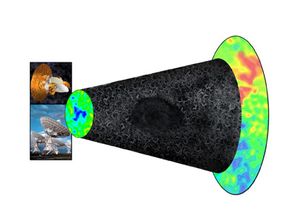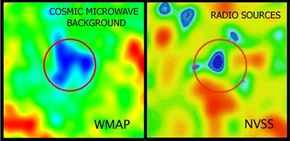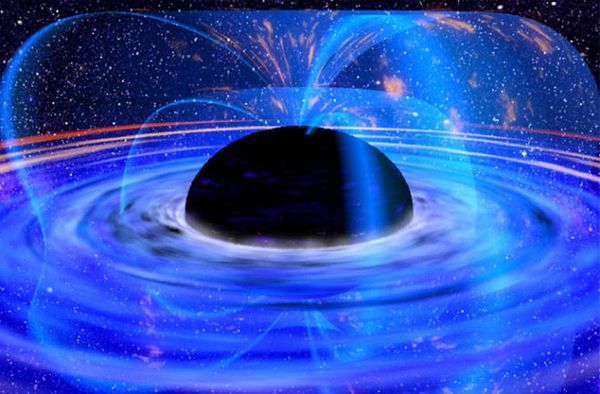In August 2007, scientists from the University of Minnesota published an astonishing finding in the Astrophysical Journal. The universe, they declared, had a hole in it -- a hole far bigger than anything scientists have ever seen or expected. This "hole" spans almost one billion light years and is six to 10 billion light years from Earth, in the Eridanus constellation [source: Daily Tech]. (For reference, one light year measures about six trillion miles.)
Space Dust Image Gallery
What makes this vast area of the universe a hole? The area shows almost no signs of cosmic matter, meaning no stars, planets, solar systems or clouds of cosmic dust. Researchers couldn't even find dark matter, which is invisible but measurable by its gravitational pull. There were also no signs of black holes that might have gobbled up the matter once present in the region.
Advertisement
The hole was initially detected by a NASA program studying the spread of radiation emitted from the Big Bang, which scientists believe spawned our universe. It was then further examined using information gleaned from the Very Large Array (VLA) telescope, used in the NRAO VLA Sky Survey Project to study large sections of the visible sky.
One researcher described the find as "not normal," going against computer simulations and past studies [source: Yahoo News]. Other such holes, also known as voids, have been found before, but this find is by far the largest. Other voids amount to around 1/1000th the size of this one, while scientists once observed a void as close as two million light years away -- practically down the street in cosmic terms [source: CNN.com].
Astronomer Brent Tully told the Associated Press that galactic voids in all likelihood develop because regions of space with high mass pull matter from less massive areas [source: CNN.com]. Over billions of years, a region can lose most of its mass to a massive neighbor. In the case of this giant void, further studies may reveal some matter in the region, but it would still be far less than what is found in "normal" parts of space.
Earlier we said that the void was first discovered through a NASA program examining radiation stemming from the Big Bang. On the next page, we'll take a closer look at that program and how scientists can look far back into the universe's history -- almost to its beginnings -- in order to make discoveries like this one.
Advertisement


